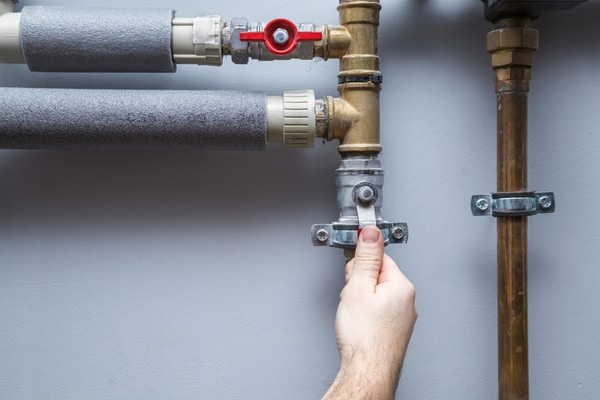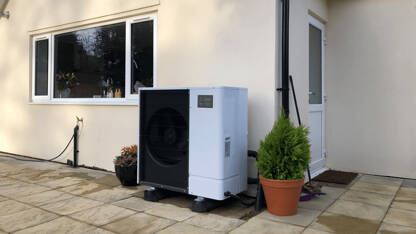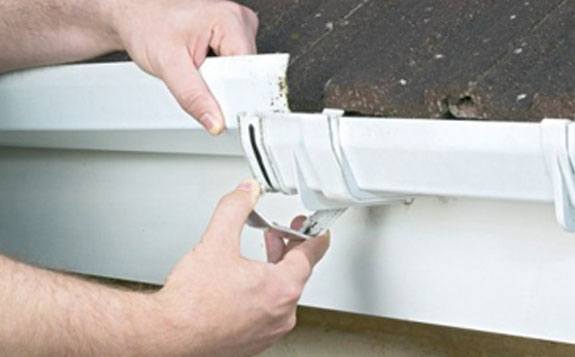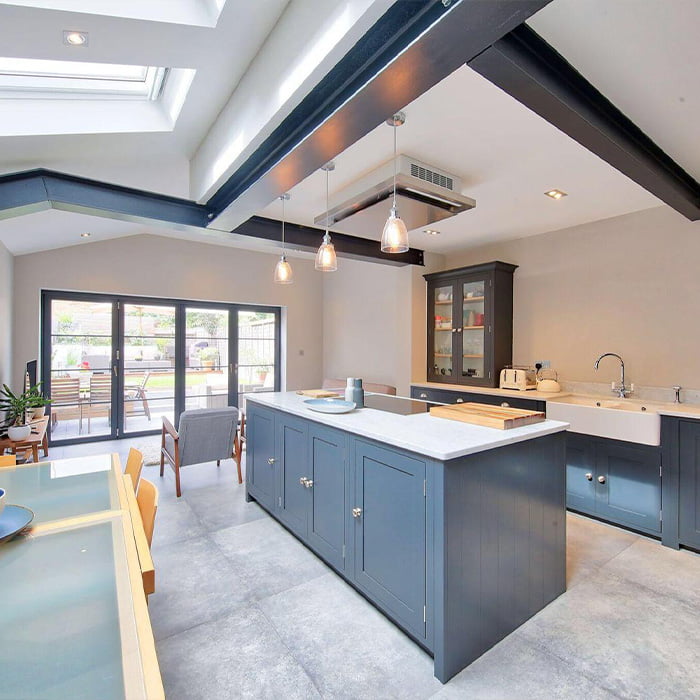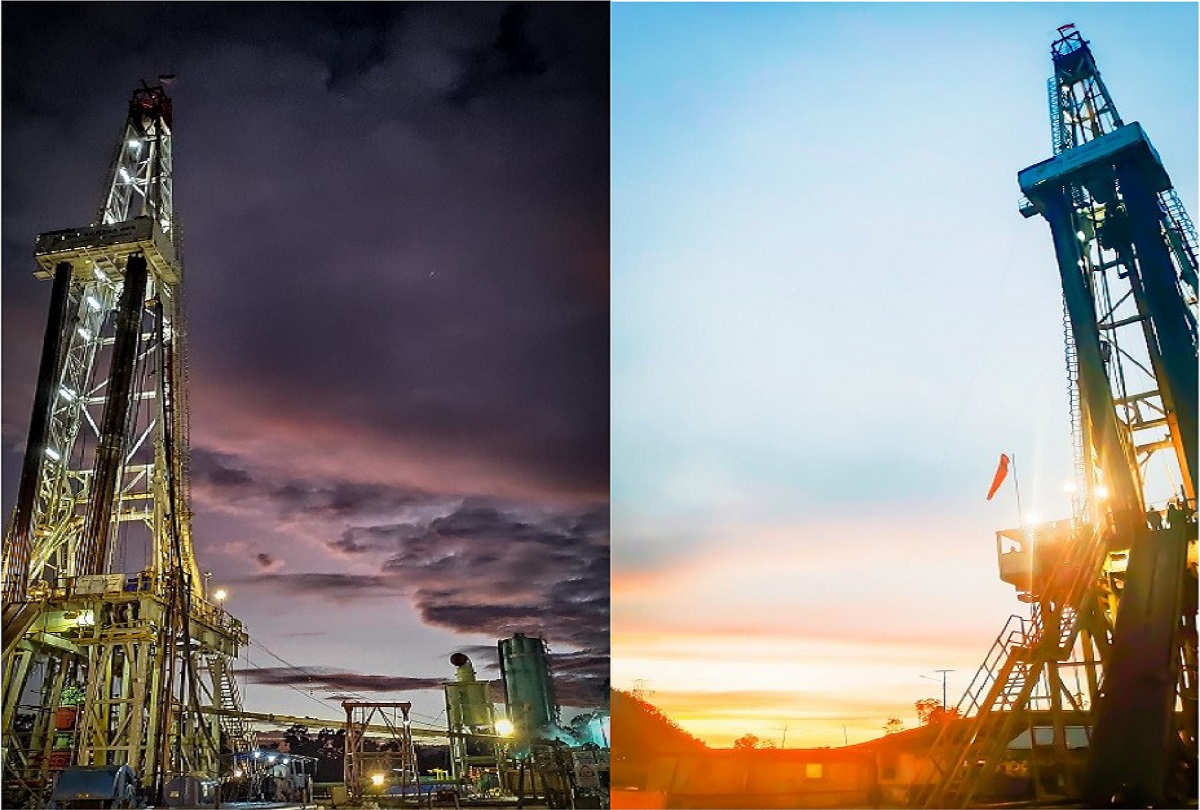Potential causes include a partially closed cold water valve, sediment buildup, or a clogged pipe. Check valves and pipes for obstructions, and ensure both hot and cold valves are fully open. If the issue persists, consult a plumber.
Having lower cold water pressure than hot water pressure is a common issue many households or businesses may face.
The discrepancy in pressure can lead to inconveniences such as slower or weaker flow from cold water faucets or difficulty in performing tasks requiring adequate cold water pressure.
It is crucial to understand the cause of this problem and find appropriate solutions, as it can affect daily activities, hygiene, and overall water usage efficiency.
By identifying the underlying cause, such as plumbing issues, valve malfunctions, or water heater problems, necessary steps can be taken to rectify the situation and restore balanced water pressure.
Why Is My Cold Water Pressure Lower Than My Hot?
In some Examples, the cold water pressure being lower than the hot water pressure could be attributed to variations in plumbing infrastructure.
The pipe diameter, material, and layout can affect water pressure distribution. Additionally, the usage patterns of different fixtures could influence pressure discrepancies.
It’s important to consider that cold water pipes may have different paths and connections, leading to variations in pressure.
Regular maintenance, inspections, and potential adjustments to the plumbing system can help ensure a balanced water pressure experience throughout your property.
An experienced plumber can better analyze the causes of pressure variations and suggest suitable solutions.
Common Causes of Lower Cold Water Pressure
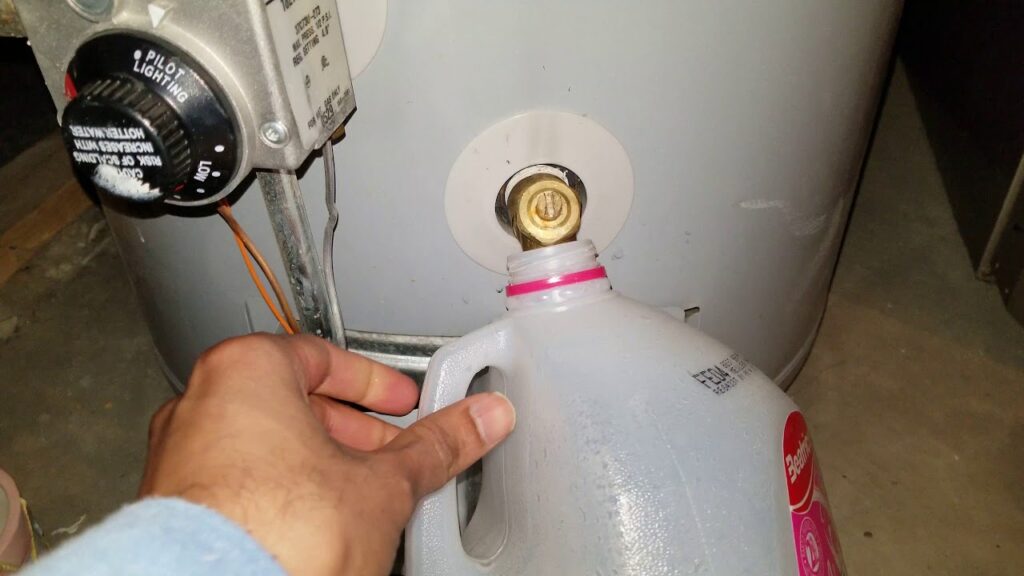
Certainly, there are common causes of lower cold water pressure, explained in points:
Pipe Blockages or Debris:
Accumulated sediment, mineral deposits, or debris in the cold water pipes can restrict the flow and lead to reduced pressure. Over time, this can significantly impede water movement.
Corrosion and Pipe Deterioration:
Corrosion within pipes can lead to the buildup of rust and scale, narrowing the pipe’s interior and decreasing the available space for water flow, resulting in decreased pressure.
Pipe Leaks:
Leaks in the cold water pipes can divert water from its intended path, reducing the volume of water available for proper pressure. Even minor leaks can impact pressure over time.
Pressure Regulator Issues:
Malfunctioning pressure regulators, responsible for maintaining balanced pressure levels, can cause pressure imbalances. If the regulator for cold water malfunctions, it can lead to lower pressure.
Valve Problems:
Faulty or partially closed isolation valves, particularly those regulating cold water supply to specific areas or fixtures, can restrict flow and reduce pressure.
Water Main Issues:
Problems in the municipal water supply or the water main servicing your property, such as maintenance or repairs, can temporarily lower cold water pressure until the issue is resolved.
Incorrect Pipe Sizing:
In some cases, inadequate pipe diameter during installation or remodeling can lead to restricted water flow and lower pressure, especially during peak usage.
Cross-Connections or Mixing Valve Issues:
Cross-connections between hot and cold water lines due to faulty mixing valves can lead to imbalanced pressure. This might cause hot water to flow into the cold water line, affecting pressure.
Water Heater Influence:
If your water heater is drawing cold water at a rapid rate, it could momentarily reduce cold water pressure, particularly during heavy hot water usage periods.
Local Usage Patterns:
Increased demand for water in your local area, either due to time of day or peak usage hours, can lead to lower pressure in both hot and cold water systems.
It’s important to note that diagnosing the exact cause of lower cold water pressure often requires the assistance of a professional plumber. Identifying and addressing the underlying issue will help restore balanced water pressure throughout your plumbing system.
Troubleshooting and Resolving the issues – How to Fix the Low Cold Water Pressure
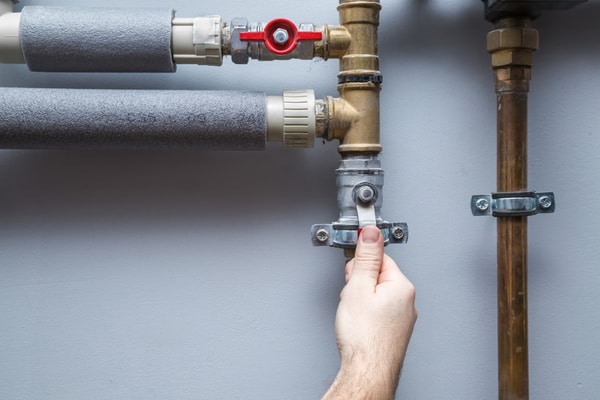
Certainly, here’s a guide to troubleshooting and resolving common issues related to lower cold water pressure, explained in points:
Check for Water Main Issues:
Inquire with neighbors to determine if the low pressure is affecting others. If it is, contact your water provider to confirm whether maintenance or repair activities are causing the issue.
Inspect Isolation Valves:
Ensure all isolation valves leading to different parts of your plumbing system are fully open. Partially closed valves can restrict water flow and lead to lower pressure.
Check for Leaks:
Thoroughly inspect pipes and fixtures for any signs of leaks. Addressing even minor leaks can significantly improve water pressure.
Clear Blockages:
Clean out sediment, debris, or mineral buildup from aerators, showerheads, and faucet screens if you suspect blockages. This can enhance water flow and pressure.
Inspect Pressure Regulator:
If you have a pressure regulator, make sure it’s functioning correctly. Consider repairing or replacing it to restore balanced pressure if it’s malfunctioning.
Examine Pipe Condition:
Check for signs of corrosion or deterioration in your cold water pipes. If corrosion is causing narrowing or blockages, consider replacing the affected sections.
Address Mixing Valve Issues:
If you suspect cross-connections or issues with mixing valves, consult a plumber to ensure they are properly functioning. Incorrect mixing can lead to pressure imbalances.
Evaluate Water Heater Impact:
If the water heater is causing pressure fluctuations, consider staggering hot water usage to avoid excessive demand during short periods. This can help balance cold water pressure.
Consider Pipe Sizing:
If pipe sizing is a concern, consult a professional plumber. Upgrading to larger-diameter pipes might help improve water flow and pressure.
Regular Maintenance:
Implement a routine maintenance schedule to flush your plumbing system. This helps prevent blockages, maintains pipe integrity, and ensures consistent pressure.
Consult a Professional:
If issues persist or if you’re unsure about diagnosing the problem, it’s recommended to consult a licensed plumber. They can accurately identify and address the root cause of low cold water pressure.
Remember that addressing water pressure problems depends on the unique characteristics of your plumbing setup.
A professional plumber’s expertise ensures effective solutions and prevents potential damage to your plumbing infrastructure.
FAQs
Why is my cold water pressure weaker than hot water?
Common causes include a partially closed valve, sediment buildup, or pipe blockages that make the cold water pressure weaker than hot water.
Could sediment affect cold water pressure?
Yes, pipe sediment accumulation can restrict flow, leading to lower pressure. Flushing the pipes might help.
What if both cold and hot water pressures are low?
If both cold and hot water pressures are low, it might indicate a main water supply issue or a problem with the pressure regulator. The assistance of a plumber is compulsory when you identify both your cold and hot water pressures are low.
Can a clogged pipe affect only cold water?
Yes, debris can selectively block the cold water pathway, causing pressure imbalance.
Is low cold water pressure dangerous?
While not immediately dangerous, it can hinder everyday activities. Addressing the issue ensures proper water usage.
Why does pressure vary between taps?
Uneven pipe blockages or valve restrictions might impact different facets differently.
Could temperature differences cause pressure changes?
Temperature alone usually doesn’t affect pressure imbalance; look for mechanical issues instead.
Can air in pipes lead to uneven pressure?
Air pockets might cause sputtering, but persistent low cold water pressure usually stems from other factors.
Conclusion
There are several reasons why cold water pressure may be lower than hot water pressure. Potential causes include a faulty pressure regulator, pipe blockages, or a water leak.
Diagnosing and resolving this issue promptly is important to ensure consistent water pressure throughout the household.
So, you must take appropriate steps such as checking for leaks, clearing blockages, or consulting a professional plumber to improve your cold water pressure and maintain a balanced water system.







